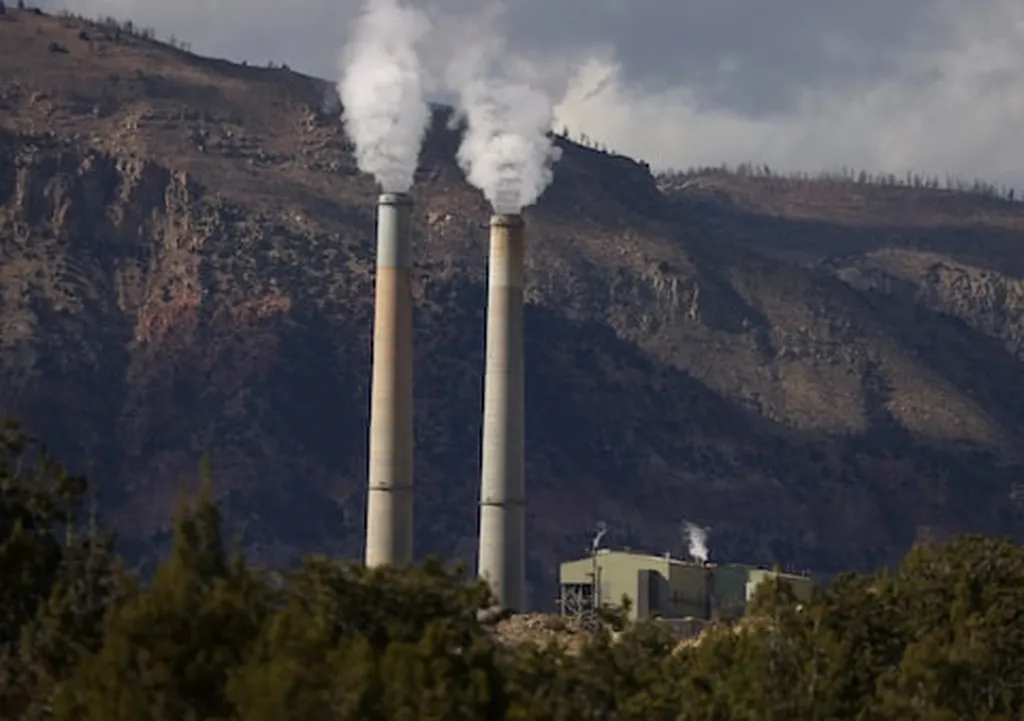The U.S. Environmental Protection Agency (EPA) is drafting a plan to eliminate all limits on greenhouse gas (GHG) emissions from coal- and natural gas-fired power plants, a move that could significantly reshape the energy landscape and spark intense debate. The EPA confirmed on May 24 that a new rule on emissions would be published after interagency review, marking a stark shift from the previous administration’s goals to decarbonize the power sector by 2035.
The proposed rule, first reported by The New York Times, suggests that carbon dioxide and other GHGs from U.S. power plants do not significantly contribute to dangerous pollution or climate change. The EPA argues that U.S. power generation emissions constitute a small share of global GHG output, and thus, eliminating these emissions would not have a meaningful effect on public health. This stance is likely to face scrutiny and pushback from environmental groups and climate scientists who argue that every reduction in emissions is crucial in the fight against climate change.
EPA Administrator Lee Zeldin defended the move, stating, “We are seeking to ensure that the agency follows the rule of law while providing all Americans with access to reliable and affordable energy.” This sentiment aligns with the broader Trump administration’s efforts to bolster fossil fuel use and reduce regulatory burdens on the energy sector. The administration has repeatedly issued orders to end federal spending on climate change combat programs and remove rules that hinder thermal power generation, oil and gas exploration, and mining operations.
The proposed emissions rule is part of a broader strategy that includes supporting the buildout of nuclear power plants. On the heels of this news, President Trump signed four executive orders aimed at accelerating the deployment of nuclear power. These orders direct the Departments of Energy and Defense to explore placing reactors at military bases, on federal lands, and near data centers, with a goal of increasing U.S. nuclear power generation capacity to 400 GW by 2050.
The administration’s support for fossil fuels is further evidenced by recent actions, such as the order to keep the J.H. Campbell coal plant in Michigan operational through the summer. Energy Secretary Chris Wright invoked wartime authority to ensure the plant remains available for operation, a move that Michigan utility regulators deemed unnecessary. This intervention underscores the administration’s commitment to maintaining fossil fuel-based power generation, even in the face of opposition from state regulators and environmental advocates.
The EPA’s draft plan and the administration’s broader energy policies are likely to ignite fierce debates within the energy sector. Proponents of renewable energy and climate action will argue that these moves undermine efforts to combat climate change and transition to a cleaner energy future. Meanwhile, supporters of the administration’s policies will contend that these actions are necessary to ensure energy reliability and affordability for all Americans.
The energy sector is at a crossroads, with these developments poised to influence everything from investment decisions to regulatory frameworks. As the EPA’s proposed rule moves through the review process, stakeholders will be watching closely, ready to engage in what promises to be a heated and consequential debate. The outcome will shape the future of power generation in the U.S. and have ripple effects globally, as other nations observe and react to these policy shifts.

